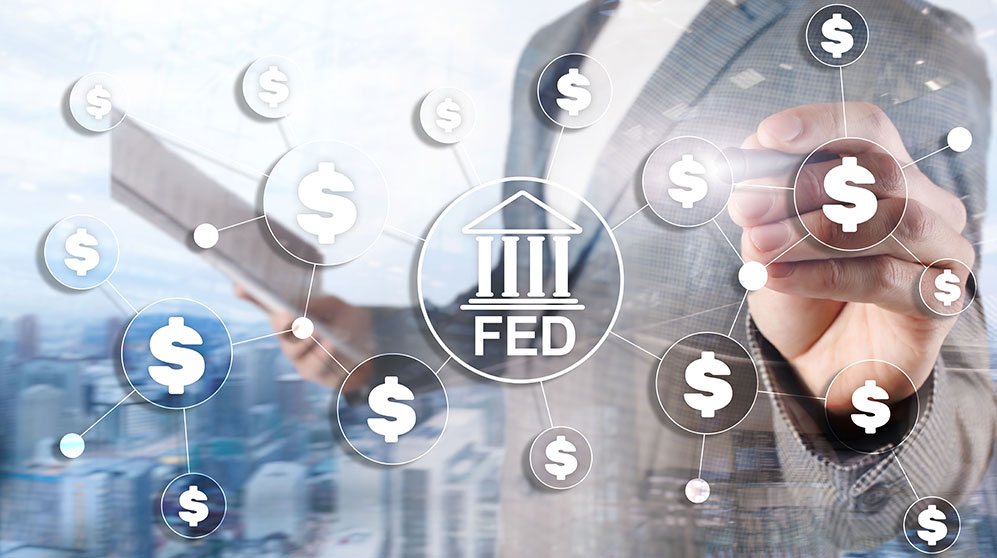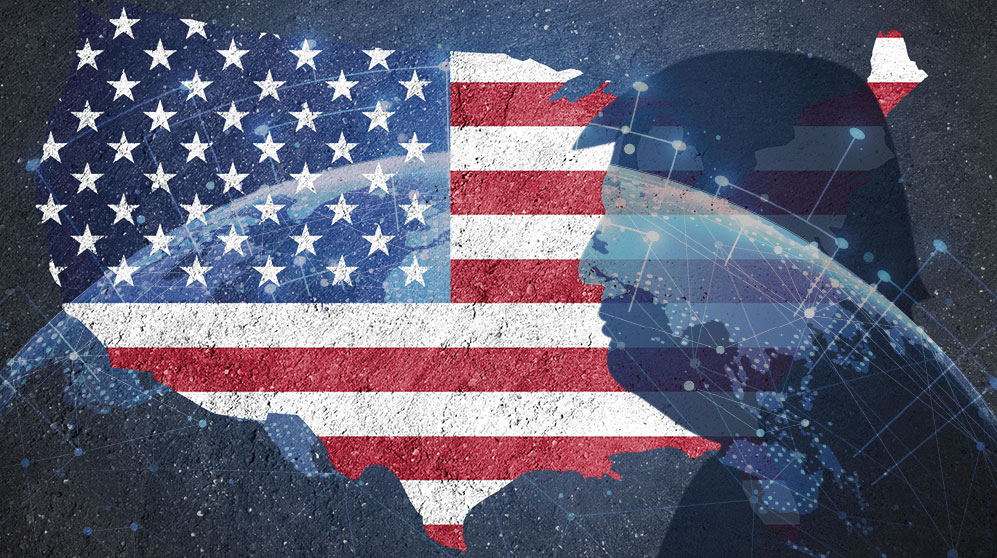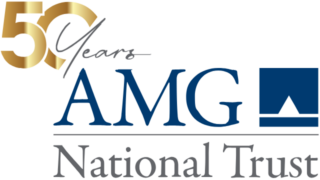What the Fed Must See Before Raising Interest Rates
• 3 min read

Get the Latest Research & Insights
Sign up to receive an email summary of new articles posted to AMG Research & Insights.

It’s inevitable: The economy eventually will heal from its pandemic setback and grow at a rate that cannot be sustained without accelerating inflation.
In an earlier era, the Federal Reserve (Fed) would preemptively tighten monetary policy and hike interest rates at the first hint of unwelcome inflation levels. But under its new Flexible Average Inflation Targeting framework, the central bank intends to wait until it sees the whites of inflation’s eyes.
But how long can the Fed credibly sit on the sidelines as inflation and expectations of it trespass above targeted levels? Recent upticks in inflation trends are likely testing the Fed’s commitment. Not only did May’s increase in the headline Consumer Price Index result in the largest yearly uptick since 2008, but some measures of inflation expectations have also stepped up to an uncomfortably high range.
Yet the tone of policymakers’ commentary remains unchanged. The Fed’s latest economic projections, released June 16, don’t envision interest-rate hikes until 2023. To be sure, no one expects the central bank to flip its policy after a couple of months of rising inflation. But what would spur the Fed to raise rates before 2023? AMG sees three preconditions:
- The labor market must approach “maximum employment” for monetary tightening to commence. This is no small feat, even as many firms already struggle with filling open roles. With 9 million workers still seeking employment, average monthly nonfarm payroll growth of at least 415,000 is needed for employment to reach its maximum by the end of 2022. Until the labor market is fully recovered, the Fed will likely de-emphasize increases in inflation, realized or expected. One risk, of course, is that the economy and inflation continue to run hot as the Fed waits for its “maximum employment” condition to be met.
- Core inflation will need to hover around 2%. The annualized rate since August 2020 is already almost at this target, and it will most likely rise above target levels when the June data are released. Importantly, the Fed will scrutinize any upticks in core inflation for signs of persistence, not just transitory spikes as unmoored supply chains and trade channels “reboot” from the pandemic’s disruption.
- Realized inflation will need to trickle into consumers’ and businesses’ expectations of higher future inflation, then remain elevated long enough for the Fed to consider the new expectations as “sticky.” If the current rate of inflation accelerates but consumers’ expectations of future long-run inflation decline, the Fed will likely keep its foot on the gas pedal.
For investors, the bottom line is the Fed will not immediately change its policy stance in response to rising inflation and inflation expectations. In bond markets, rising inflation expectations could eventually pose a risk to credit spreads, but only once the Fed tightens policy in response. If the Fed responds to high inflation expectations by over-tightening policy, then economic growth and credit spreads could be at risk.
This information is for general information use only. It is not tailored to any specific situation, is not intended to be investment, tax, financial, legal, or other advice and should not be relied on as such. AMG’s opinions are subject to change without notice, and this report may not be updated to reflect changes in opinion. Forecasts, estimates, and certain other information contained herein are based on proprietary research and should not be considered investment advice or a recommendation to buy, sell or hold any particular security, strategy, or investment product.
Get the latest in Research & Insights
Sign up to receive a weekly email summary of new articles posted to AMG Research & Insights.



